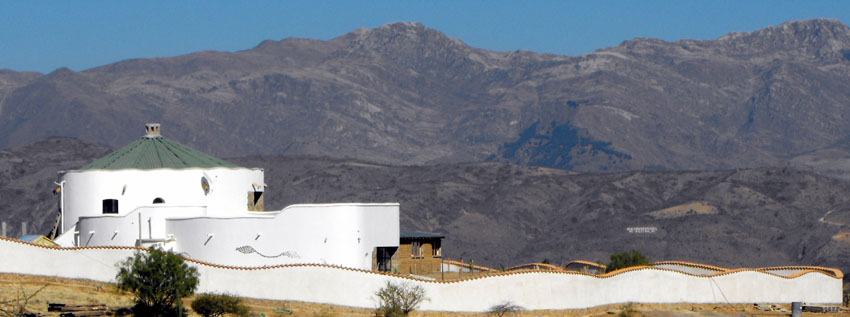A very dear friend of ours, Poppa Neutrino, has a great philosophy for living life to the full - the first class/fourth class trip. When you have the means, travel first class. When you don't, you travel fourth class and embrace it as part of life's rich pattern.
In 2010 we had thrown our pot of money at our project with gusto. There was no question of us being careful, cutting corners, accepting a lesser result than our ideal. In any case, it was impossible to budget - we were designing a building that was unlike any other in Bolivia, we were experimenting with techniques that sometimes failed and had to be re-invented. But we were so excited at the results as they appeared and at the positive feedback from visitors to Sky Hacienda and to this blog, it was difficult to feel defeated over our increasingly precarious financial situation.
As we handed out our gift baskets and holiday pay to our workers at the Christmas break, we had broken the news to many of them that there was no more work for them for the time being. At one point during the year we had a workforce of 22, now we were reducing it to 5. We were entering the world of overdrafts, credit card debt and making do with very little income.
Additionally, we had taken on a resident caretaker, Rosando who would be in charge of the security of Sky Hacienda and helping with the creation and maintenance of the gardens. Eventually his wife and two daughters would come to live on the property when we had built a house for them.
Our ideas on how best to create a successful business out of Sky Hacienda had shifted as the project had progressed. The initial plan had been based on the quintessential large country house in England, where friends would be invited for an intimate weekend to relax, have great conversations, walk in the grounds, lounge by the pool, eat great food, dance under the stars, fireworks, picnics......but the 'friends' would be paying guests. Then we had shifted to building a large restaurant/bar with modest living accommodation above or nearby and cottages in the grounds for our paying guests.
Back in August 2009 as we started marking out the foundations for the Roundhouse, which was to be our home, the walls seemed anxious to expand. After a visit to France last summer to see our friend Tom, who had magnificently converted a barn into a home and studio, with its soaring beamed ceilings, I got on the phone to Ed. We had to make the living room double height, with a mezzanine running around most of the perimeter.
The flat roof terrace we had built over the single storey section was vast and now the living room roof was expanding too. At 12.5 metres in diameter it became clear that the Roundhouse was going to be much too big for the two us, but perfect for sharing with guests. We would live in the single storey section, and our guests would eat and relax with us in the living room, outside on the terrace, on the roof terrace, in the garden, around the pool.... We had returned to the initial idea, a large house in the country with guest cottages.
With our new crack team of builders lead by Geronimo, we took a deep breath and started working to finish the Roundhouse and the grounds so that we reverse the flow of money. We had come so far and were determined not to lose sight of our dream.






















